Samsung Project Moohan: the latest news for the Android XR headset
Samsung and Google have a new VR headset on the way
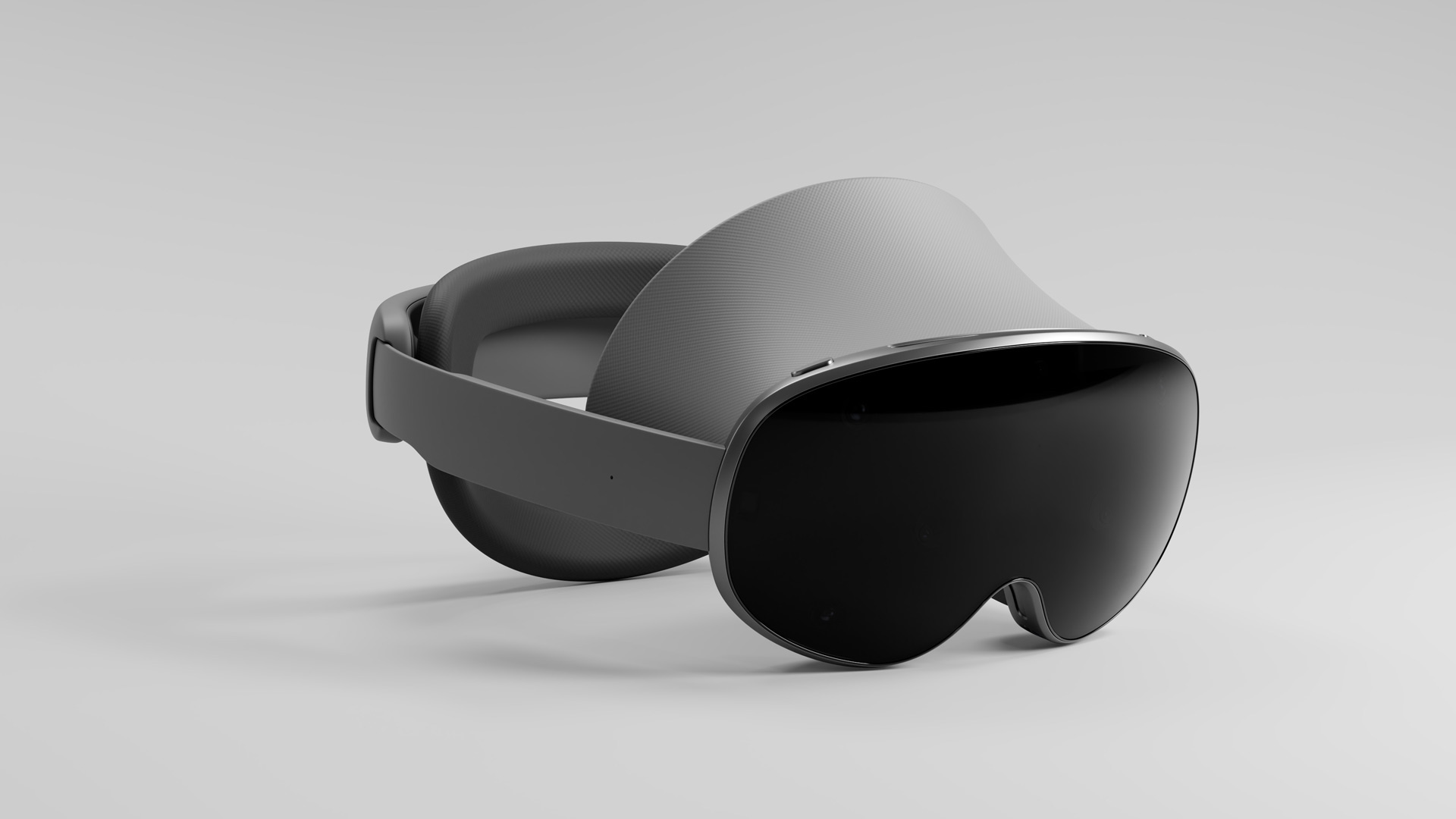
After years of teases, leaks and rumors we’ve finally got our first look at the long-awaited Android XR platform Google and Samsung have been collaborating together on – as well as details on the first prototype device that’ll use the operating system: Project Moohan.
While details are still light we know that Qualcomm has confirmed its new Snapdragon XR2+ Gen 2 chip will be powering the headset, and that the Android duo are looking to take on Apple’s Vision Pro with their release (I mean, Moohan looks identical like a Vision Pro from some angles), and thanks to a recent YouTube hands-on we know about some of the AI-powered tricks Google has up its sleeve to come out on top over Apple and Meta’s own operating systems.
We also know that Moohan’s consumer version is set to launch in 2025, though the precise release date and its price are as of yet unknown. And if a headset doesn’t interest you we know Samsung is also working on AR glasses – which explains why patents teasing both devices were discovered before the official announcement.
Android XR headset: Price
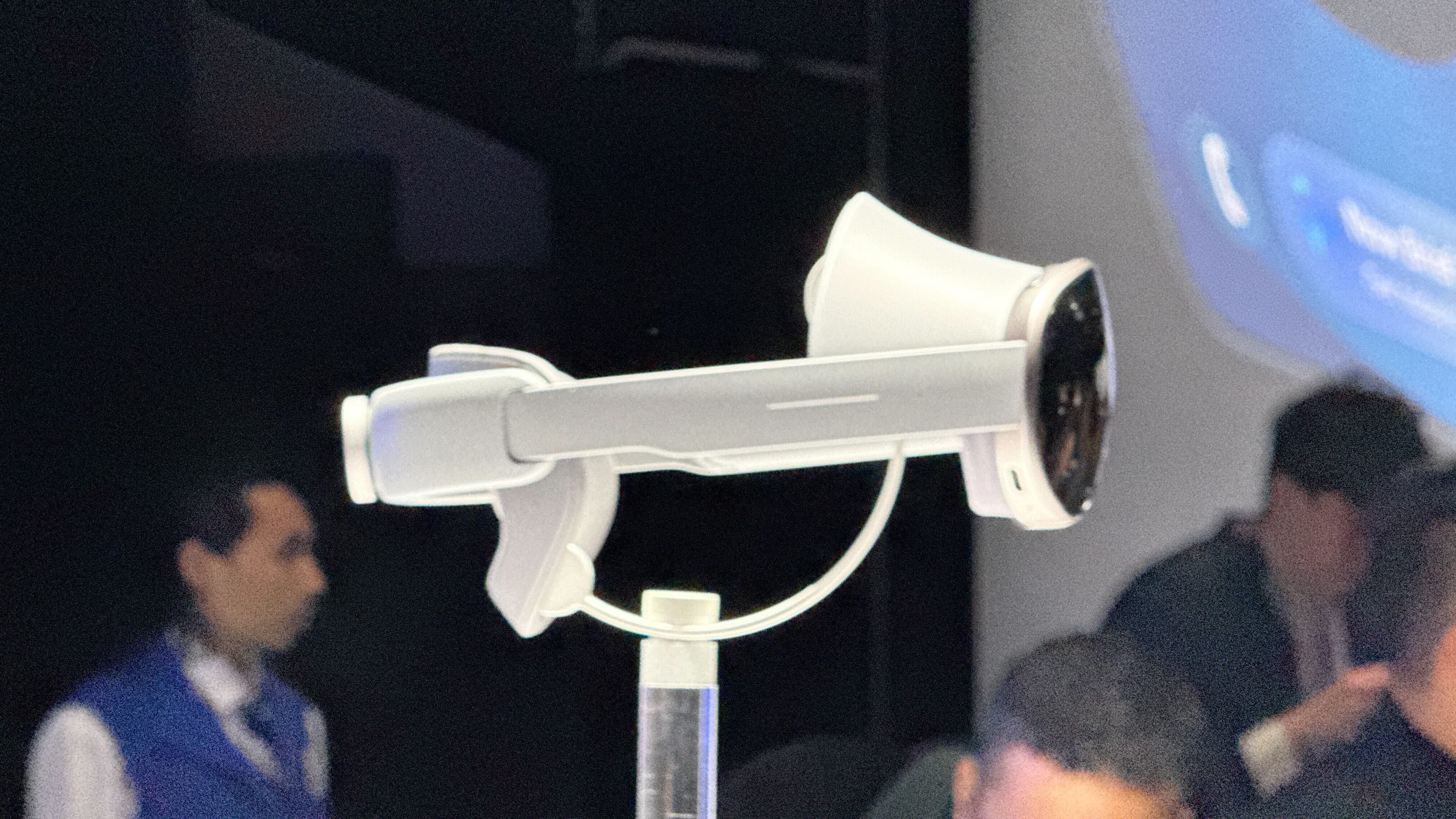
We won’t know how much Samsung and Google’s consumer VR headset will cost until the device is officially announced, but most rumors point to it boasting premium specs – so expect a premium price.
Some early reports suggested Samsung was looking at something in the $1,000 / £1,000 / AU$1,500 range (just like the Meta Quest Pro) though it may have changed its plans. After the Apple Vision Pro reveal, it’s believed Samsung delayed the device most likely to make it a better Vision Pro rival in Samsung’s eyes – the Vision Pro is impressive, as you can find out from our hands-on Apple Vision Pro review.
If that’s the case, the VR gadget might not only more closely match the Vision Pro’s specs it might adopt the Vision Pro’s $3,499 (about £2,725 / AUS$5,230) starting price too, or something close to it.
At the same time, given the lack of success Apple saw from the Vision Pro, Samsung and Google could decide to keep things more affordable – by which we mean around the Quest Pro’s price range (not the Meta Quest 3 or Quest 3s’ price at $499.99 / £469.99 / AU$1,049.99 or under).
Get daily insight, inspiration and deals in your inbox
Sign up for breaking news, reviews, opinion, top tech deals, and more.
Android XR headset: Release date
Much like its price, we don’t know anything concrete about the incoming Samsung VR headset's release date yet but Samsung and Google have said it’s landing in 2025.
If we had to make a guess we’d say it’ll land sometime later in the year – probably not before October, but we wouldn’t even be shocked by a November or December launch.
Our reasoning being Samsung and Google have said several times they want to give developers time to create software for Android XR, and so a later in the year release date for its first headset gives those app creators more time to build their projects before the system is here – which would be good news for anyone who buys the headset as day one it could have a solid suite of software.
It could land sooner, but that runs the risk of the headset not having enough worthwhile and exclusive apps to convince us the headset is worth buying over, say, a Samsung phone and Meta Quest 3.
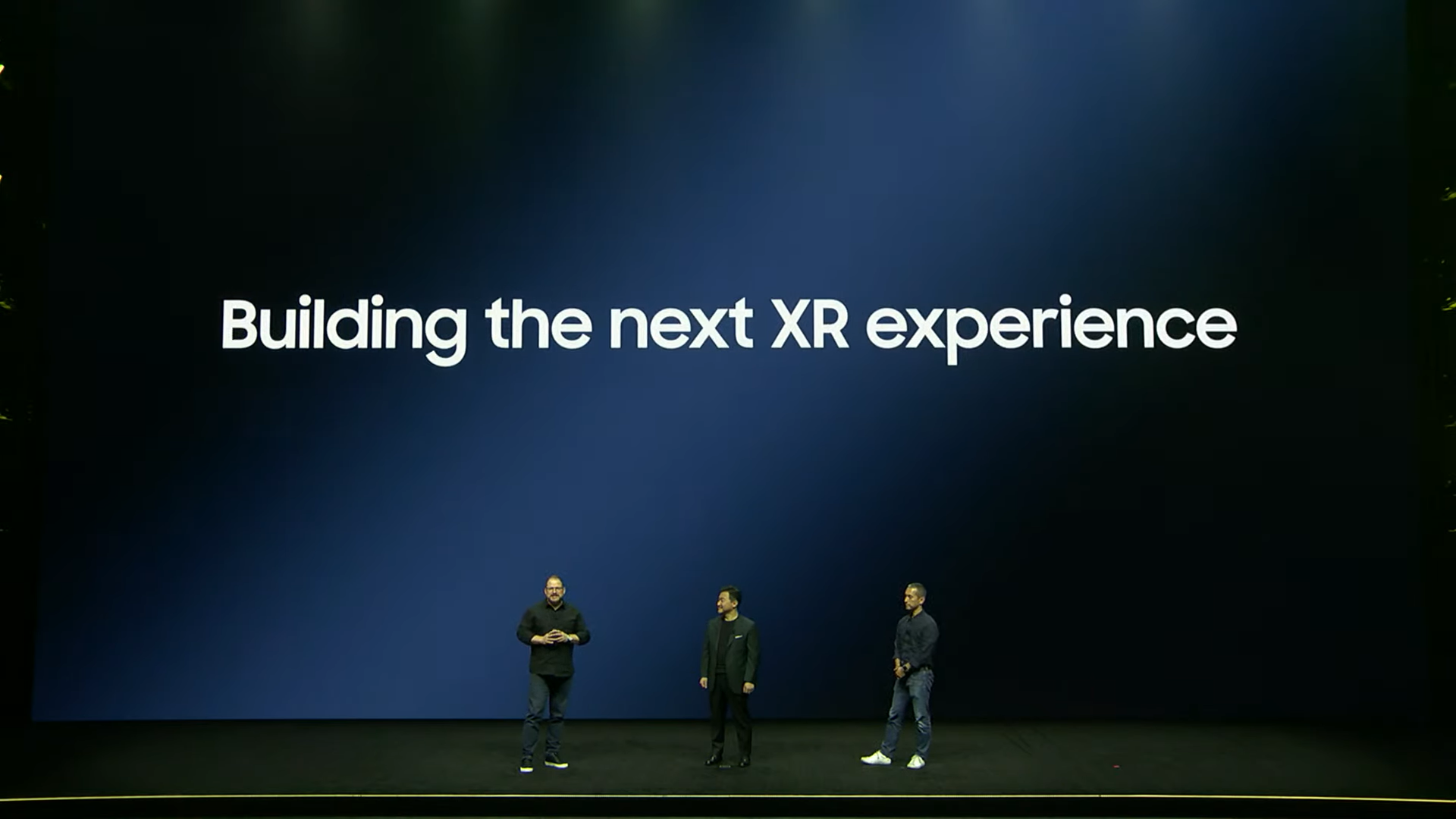
Android XR headset: Specs
A lot of the new Samsung VR headset’s specs are still a mystery, and some leaks seem a little odd. The first is that it'll apparently use micro-OLED displays supplied by Sony instead of Samsung-made screens. According to a rumor it'll be a 1.3-inch size with a 3,840 x 3,552 pixel resolution, a refresh rate of 90Hz, and a max brightness of 1,000 nits. For comparison the displays in the Meta Quest 3 boast 2,064 x 2,208 pixels per eye, an experimental 120Hz refresh rate mode, and a 90Hz standard refresh rate mode. So that's quite a step up.
But we do know one thing. It’ll run (as we predicted) on a brand-new Snapdragon XR2+ Gen 2 chip from Qualcomm – an updated version of the chipset used by the Meta Quest Pro, and slightly more powerful than the XR2 Gen 2 found in the Meta Quest 3.
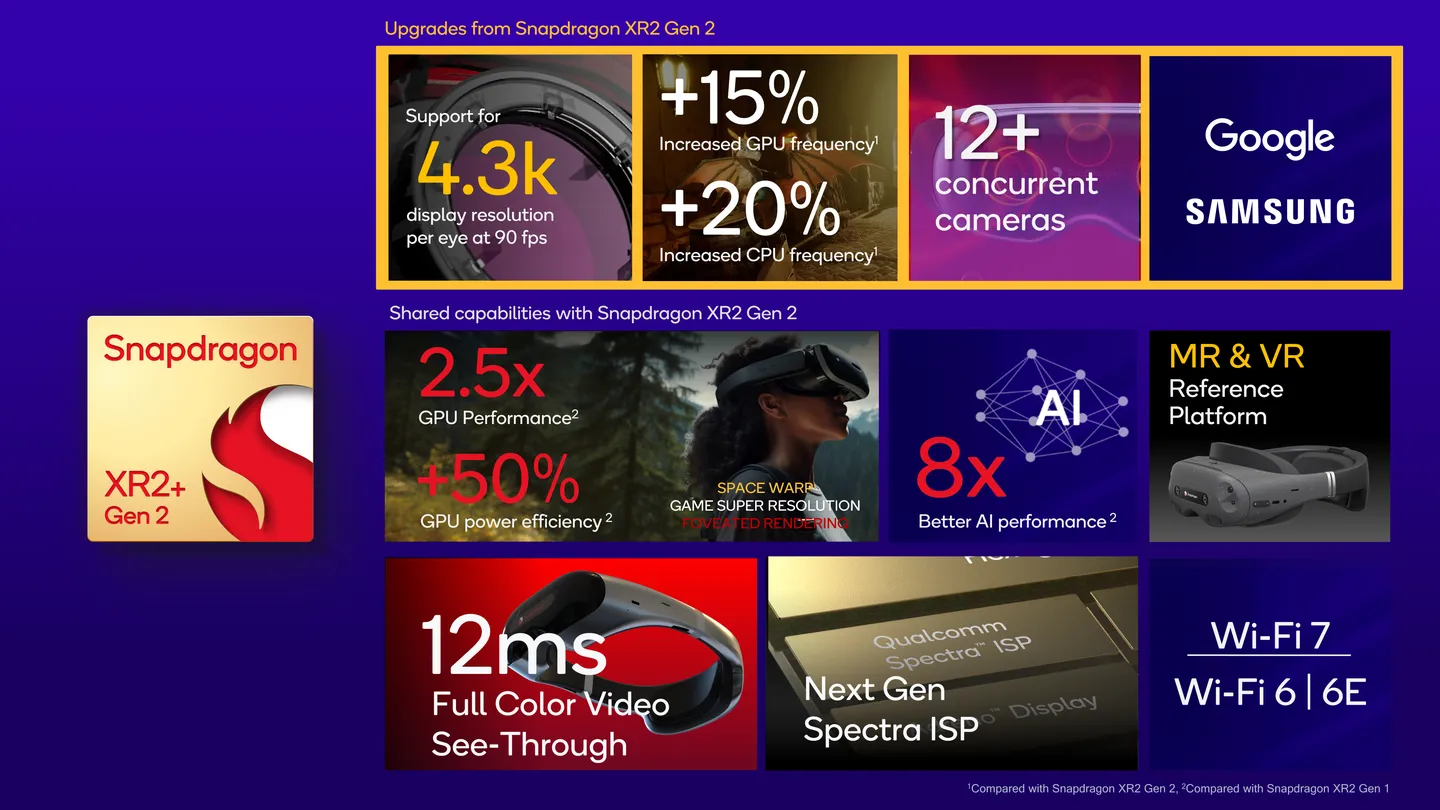
Having seen Project Moohan in action it seems the device is taking a few design cues from the Meta Quest Pro and Apple Vision Pro; there’s no creepy eye screen, and no over the head strap, but it uses a a single Meta Quest Pro-like adjustable strap round the back – which combined with the well-shaped facial interface means that it's not too uncomfortable according to early testers.
It also boasts an external battery pack like Apple’s headset, however, one key difference here is you can connect the headset’s USB-C cable into either the official battery or any battery pack you choose. So if you want a longer battery life you can invest in a beefier battery pack, which is a nice modular feature we were expecting the Vision Pro to have (you can still connect the Vision Pro to a battery pack, but you’d need to carry both batteries with you which can be a pain).
Additionally the headset offers full-color mixed reality, and a version of Google Gemini built for XR. Gemini can see what’s around the user in mixed reality and use that to inform its responses – with one interesting demo so far showing a user holding up a book to the headset’s cameras and asking it “Can you take me to here?” To which Moohan responded “Sure, that looks like Wadi Rum in Jordan” before opening up the Google Maps app at the rough location of where the picture was taken (even Rainbolt isn’t able to escape the AI uprising).
What we want to see from the new Samsung XR/VR headset
1. AR glasses
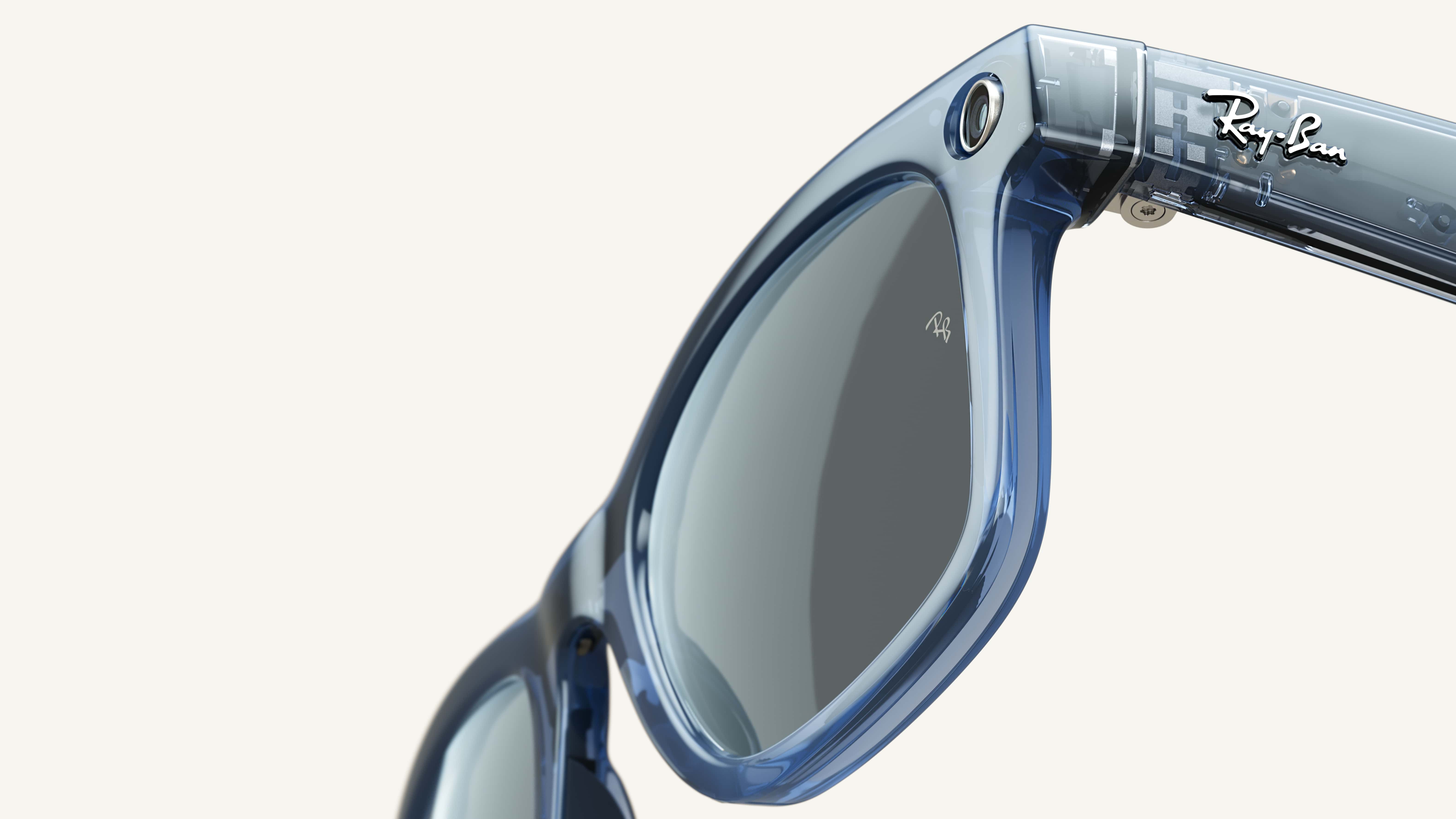
We know AR glasses are coming if we’re patient, but so far the most interesting Android XR features – namely Gemini’s integration – seem like they’re purpose made for a device you’d wear out and about. A headset is something you’d only wear at home so using Circle to Search to identify something is a lot less useful as you should already know what painting’s on your wall.
We are excited for the consumer version of Moohan, but we’re hoping it won’t be long before Google and Samsung show us their rival to the Meta Orion AR glasses as the platform they’ve built seems much more suited to that kind of device.
2. A (relatively) affordable price tag
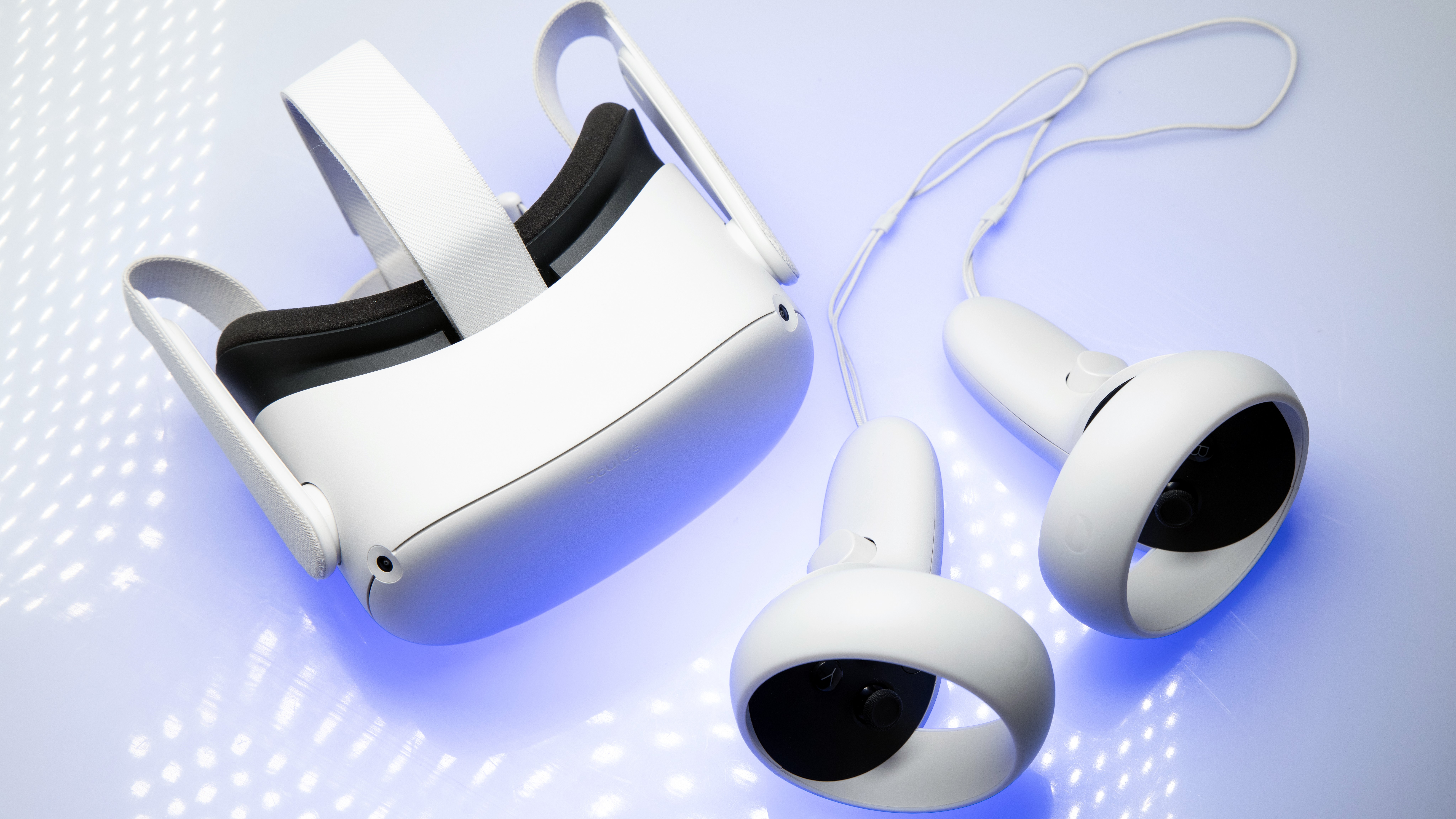
There’s only been one successful mainstream VR headset so far: the Oculus Quest 2. The Meta-made device has accounted for the vast, vast majority of VR headset sales over the past few years (eclipsing the total lifetime sales of all previous Oculus VR headsets combined in just five months) and that’s down to one thing; it’s so darn cheap.
Other factors (like a pandemic that forced everyone inside) probably helped a bit. But fundamentally, getting a solid VR headset for $299 / £299 / AU$479 is a very attractive offer. It could be better specs-wise but it’s more than good enough and offers significantly more bang for your buck than the PC-VR rigs and alternative standalone headsets that set you back over $1,000 when you factor in everything you need.
Meta’s Quest Pro, the first headset it launched after the Quest 2 that has a much more premium $999 / £999 / AU$1,729 price (it launched at $1,500 / £1,500 / AU$2,450) has seemingly sold significantly worse. We don’t have exact figures but using the Steam Hardware Survey figures for December 2024 we can see that while 34.21% of Steam VR players use a Quest 2 (making it the most popular option, and more than double the next headset) only 0.72% use a Quest Pro – that’s about 48 times less.
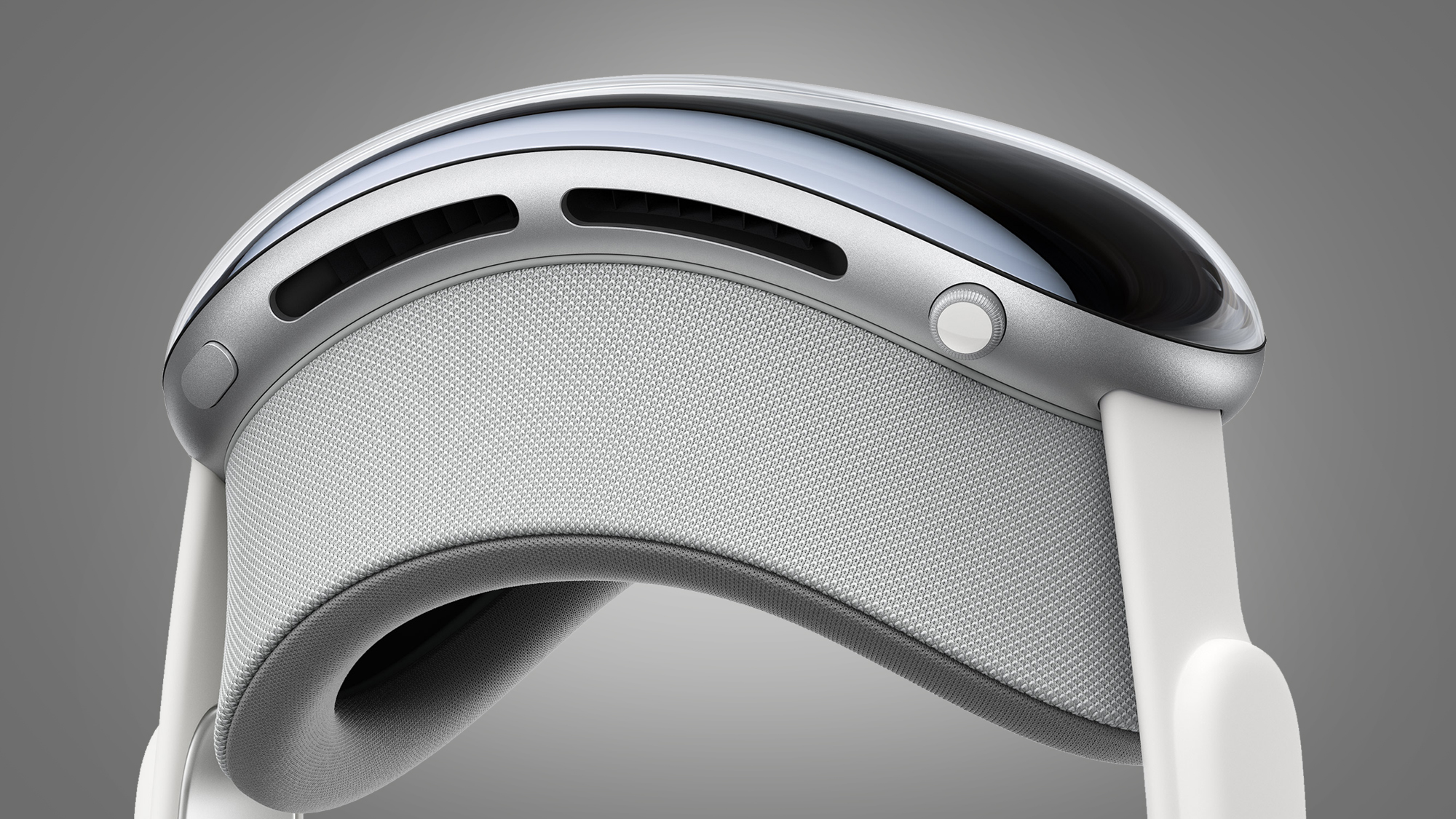
So by making its headset affordable, Samsung would likely be in a win-win situation. We win because its headset isn’t ridiculously pricey like the $3,499 (around £2,800 / AU$5,300) Apple Vision Pro. Samsung wins because its headset has the best chance of selling super well.
We’ll have to wait and see what’s announced by Samsung, but we suspect we’ll be disappointed on the price front. A factor that could keep this device from becoming one of the best VR headsets out there.
3. Controllers and space for glasses
We’ve combined two smaller points into one for this last ‘what we want to see’.
Hand tracking is neat, but ideally it’ll just be an optional feature on the upcoming Samsung VR headset rather than the only way to operate it – which is the case with the Vision Pro.
Most VR apps are designed with controllers in mind, and because most headsets now come with handsets that have similar button layouts it’s a lot easier to port software to different systems.
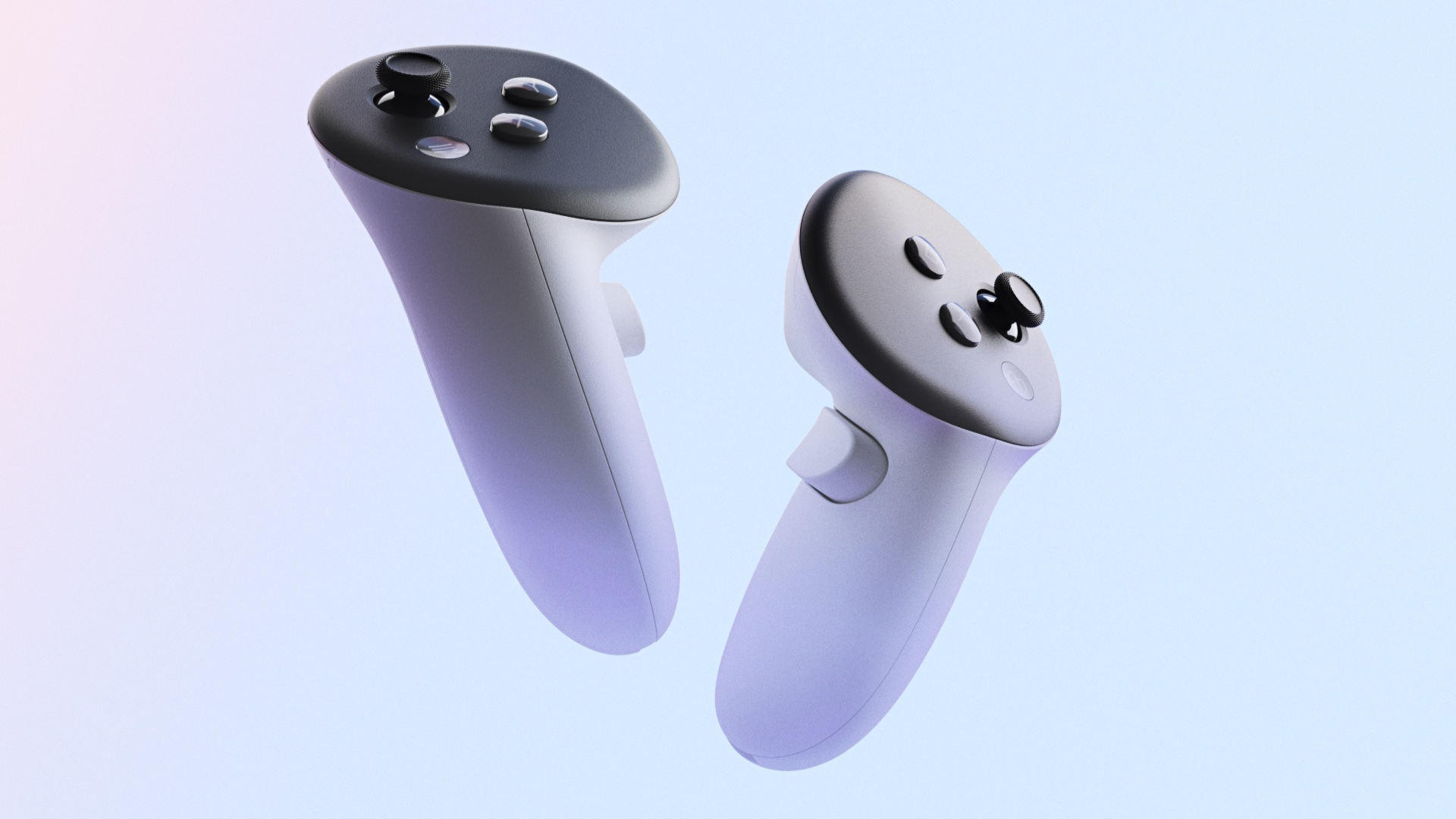
There are still challenges, but if your control scheme doesn’t need to be reinvented, developers have told us that’s a massive time-saver. So having controllers with this standard layout could help Samsung get a solid library of games and apps on its system by making it easier for developers to bring their software to it.
We’d also like it to be easy for glasses wearers to use the new Samsung VR headset. The Vision Pro’s prescription lenses solution is needlessly pricey when headsets like the Quest 2 and Quest 3 have a free in-built solution for the problem – an optional spacer or way to slightly extend the headset so it’s further from your face leaving room for specs. Some kind of free, effective, and easy solution from Samsung would be ideal.
You might also like

Hamish is a Senior Staff Writer for TechRadar and you’ll see his name appearing on articles across nearly every topic on the site from smart home deals to speaker reviews to graphics card news and everything in between. He uses his broad range of knowledge to help explain the latest gadgets and if they’re a must-buy or a fad fueled by hype. Though his specialty is writing about everything going on in the world of virtual reality and augmented reality.
You must confirm your public display name before commenting
Please logout and then login again, you will then be prompted to enter your display name.
